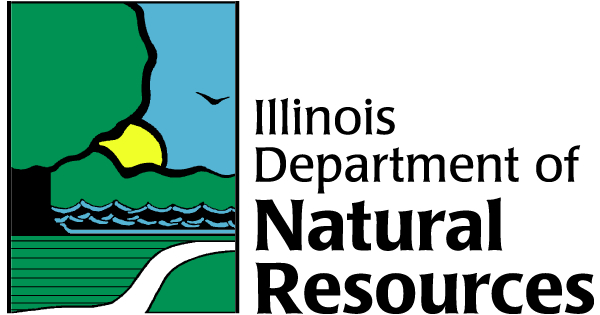The first 49 acres of the park were purchased by the Department of Conservation in 1927 for development as a Canada goose sanctuary. Additional tracts of land, including Horseshoe Island, create the State Fish & Wildlife Area that greets visitors today.
Horseshoe Lake
With its large stands of trees around its 20 mile shoreline, Horseshoe Lake is a beautiful body of water. Since 1930, when a concrete, fixed spillway was constructed, the lake has maintained a constant 4-foot depth.
Refuge Area
Horseshoe Island, Horseshoe Lake and all areas not designated for public hunting are used to maintain waterfowl populations. A variety of food requirements are met by producing green pasture and grain crops in the refuge. Research programs, including banding, provide important information about the waterfowl. More than 50,000 birds have been trapped, banded and released through the years at Horseshoe Lake.
Natural Features
Bald cypress, tupelo gum and swamp cottonwood trees surround Horseshoe Lake and create spectacular scenery. Flora and fauna normally found in swampland much further south thrive in this setting. Visitors during fall and winter see large populations of waterfowl and bald eagles. Spring and summer guests will enjoy the vibrant colors of the foliage. Some of the most beautiful blooms are found on red buckeye shrubs in April and wild lotus in June.
Native southern hardwood forests are abundant, and two large, undisturbed tracts have been dedicated as Illinois Nature Preserves. These preserves are open to visitors, but also are used for scientific research and education.






